With ASG’s inaugural Sustainable Sewing group meeting less than a week away, this timely article will help encourage you to start thinking about sustainable sewing opportunities for your wardrobe.
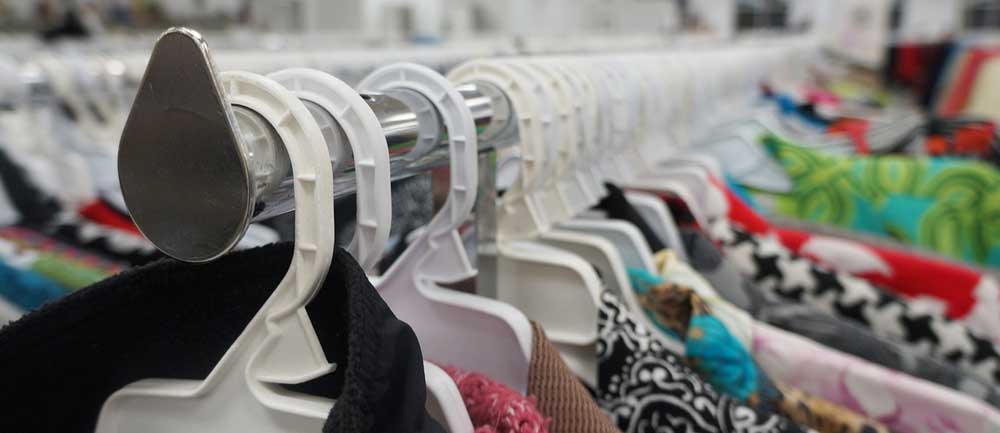
We often think of repurposing thrifted materials — whether it be fabric scraps, curtains, or clothing — into non-clothing items like handbags, dog beds, or home dec items. And while many of us think of thrift stores and donation centers as places to drop off that bread machine we wanted so desperately 15 years ago and no longer use, or those size 8 dresses that don’t fit any longer, a thrift or second-hand store is the perfect place to look for great clothing options that don’t need to start from scratch. When thinking about sustainable sewing, we need to change our mindset from toss to reuse, and from buy to recycle. Thrift shopping can also start in your own closet. Either way, get into your creative zone as you look at different pieces.
- A beautiful skirt might be reclaimed from an otherwise uninteresting dress.
- A hopelessly outdated jacket with fabulous animal-shaped buttons may be worth the $3.00 price tag. Even if you toss the jacket, those buttons will look great on your next summer dress. If you find something that fits, consider a brightly colored new lining, or even a complete restyle.
- Turn an oversize scarf into a kimono-styled jacket or beach cover up with the addition of side seams.
- Check out Pinterest for inspiration
Look at clothes that aren’t in your size range. Over-sized blouses can be remade into a lovely overlay for a sleeveless dress.
For those who want to learn to do alterations, items purchased for a few dollars are perfect to practice on. If you make a mistake, the cost is minimal. You can use your finished piece as a reference when you work on something more valuable.
Recognizing a Treasure
So how do you decide what will work and what won’t? First, consider the integrity of the fabric. Clothes that have started to deteriorate already simply won’t be worth your while to work with. Be sure that the clothing is clean (you are generally safe purchasing at places like consignment shops, and larger donation centers as they are careful in what they accept). When it comes to cleanliness, purchasing at yard sales can be a bit chancier, but generally garments are less expensive. However, finding a Harve Bernard wool coat for $10 is not a bargain if the wool is dry and the threads have started to pull apart. So, pass that up and go on to the next rack.
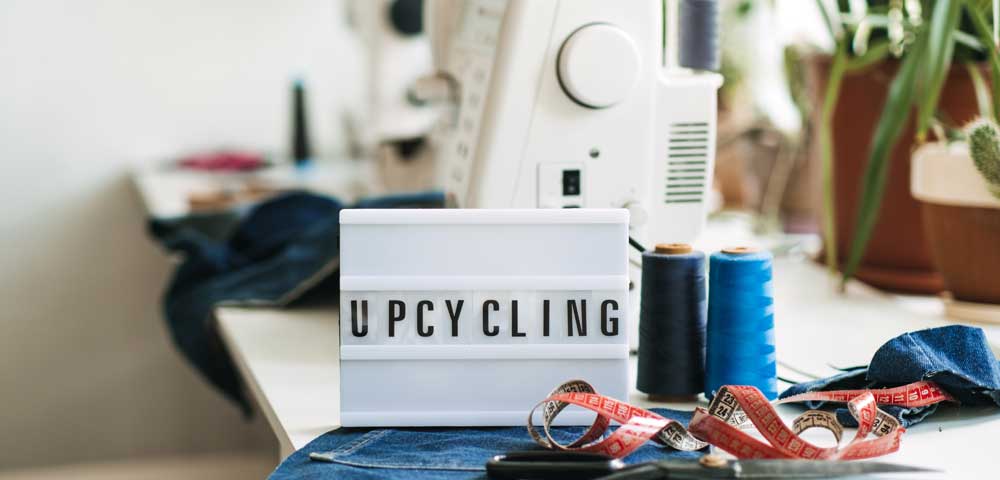
Second, choose clothing using the same criteria you would use in buying or sewing new clothing for yourself. Is it a color you like? Is it a type of fabric that you feel comfortable in? Will it have to be dry-cleaned?
Third, carefully analyze what alterations or changes need to be made to make this work for you. Is it really worth the time to fix it? Do you have the skills to make the needed alterations? Will it require more fabric to make it work and can you find that fabric? When you’ve answered these questions to your satisfaction, then either put it back for someone else to enjoy or take it home and make it your own.
By embracing the art of thrifted fashion and sewing, you not only cultivate a more sustainable approach to style but also express your individuality through unique creations. Each stitch tells a story of transformation, turning forgotten garments into cherished wardrobe staples that reflect your personal taste and creativity. So, the next time you stroll through the aisles of a thrift store or the deep corners of your closet, envision the endless possibilities awaiting your skilled hands and creative vision.
ASG Members can join in the new Sustainable Sewing online group to share, learn, and brainstorm ideas. Not a member? Join today!
Tip: If you don’t have a use for your unwanted clothing or textiles, there are many options for recycling:
- Resale Shops and Thrift Stores
- Clothing Swaps
- Online resale shops
- For Days: The Take Back Bag
- Trashie: The Take Back Bag
- St. Pauly Textile, Inc.
- Blue Jeans Go Green Denim Recycling
- Bra Recyclers





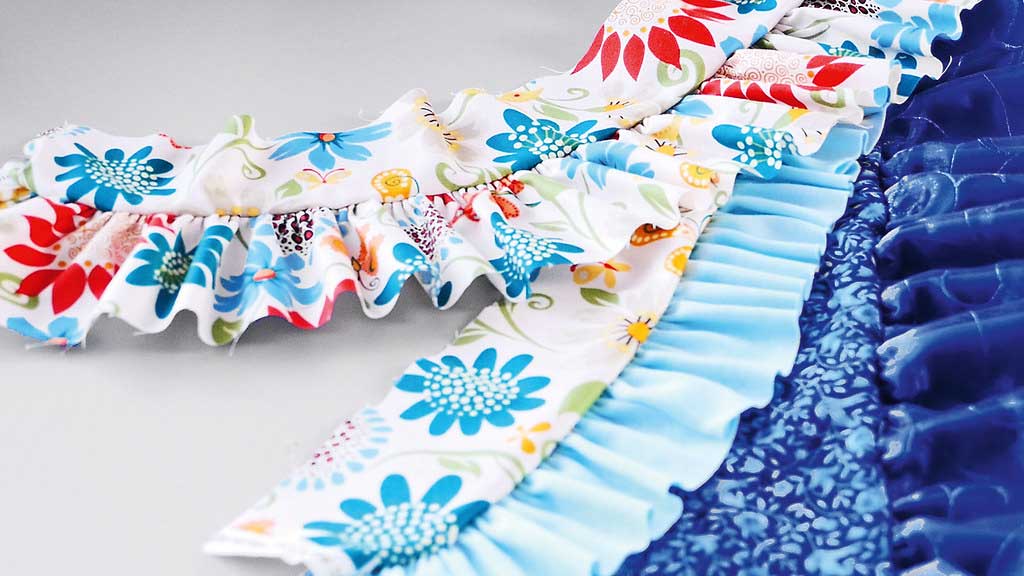
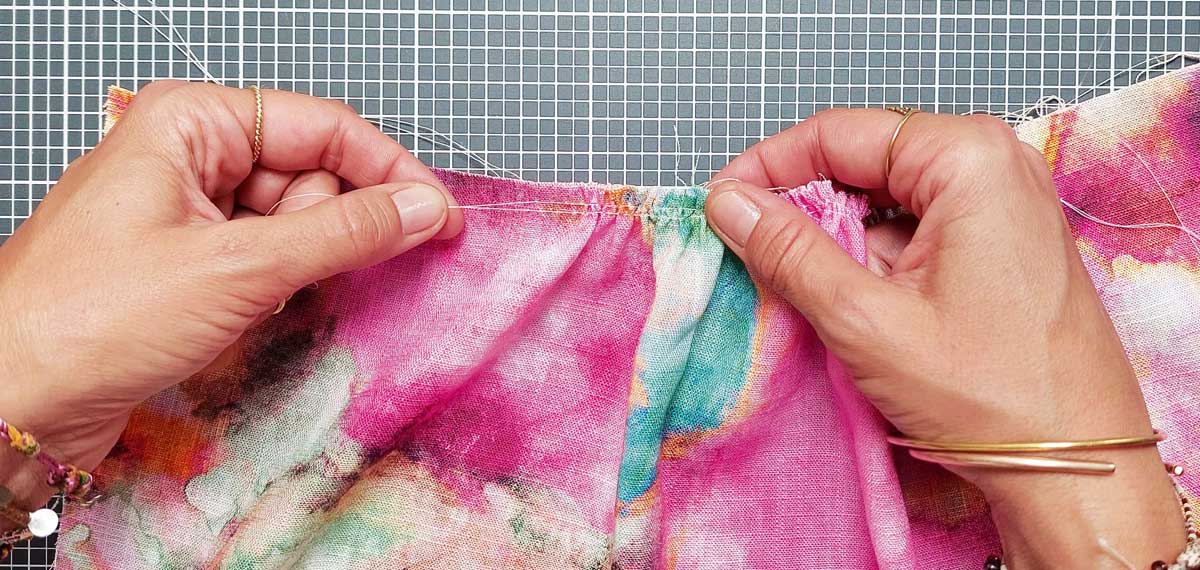


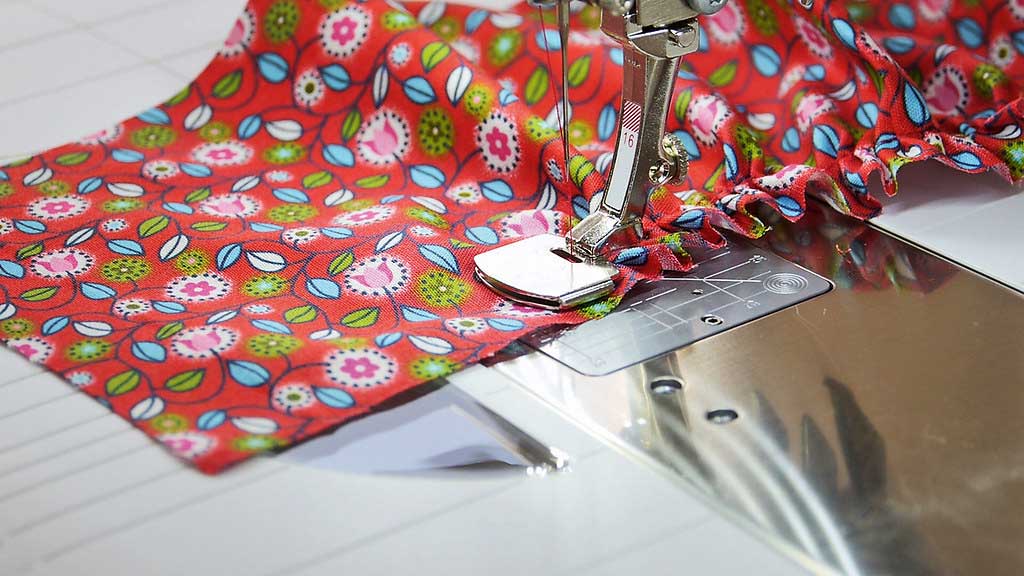
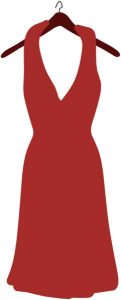
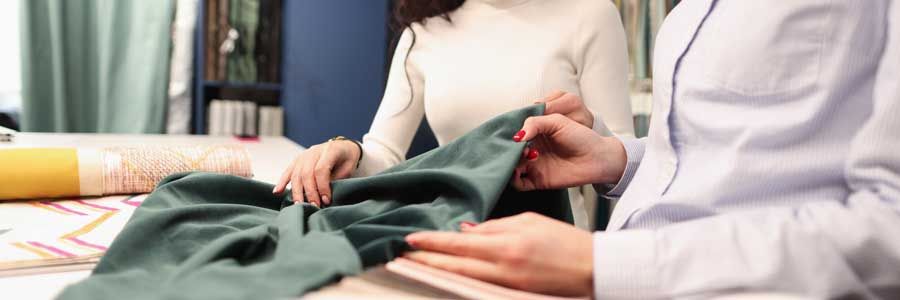
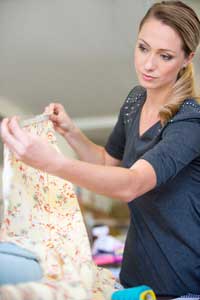 Stretch Test: Try stretching the fabric on each grain: straight, cross, and bias. This will help you understand how much give is built into the fabric. A fabric with no stretch on straight or cross grain but a great deal on bias will need careful handling during cutting and sewing.
Stretch Test: Try stretching the fabric on each grain: straight, cross, and bias. This will help you understand how much give is built into the fabric. A fabric with no stretch on straight or cross grain but a great deal on bias will need careful handling during cutting and sewing.

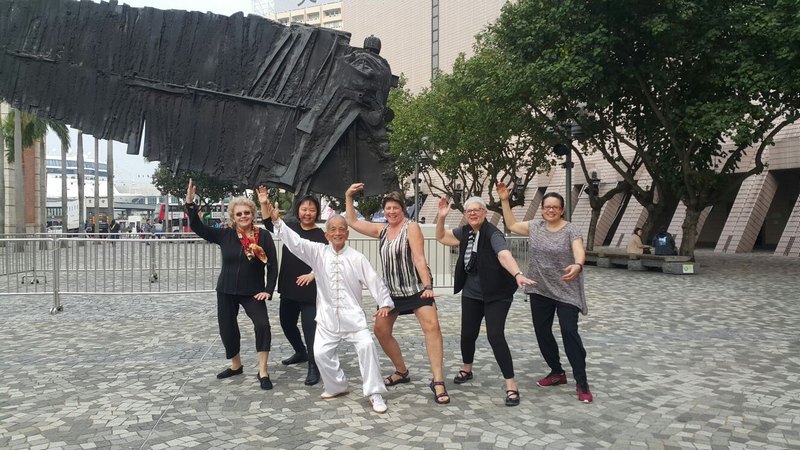
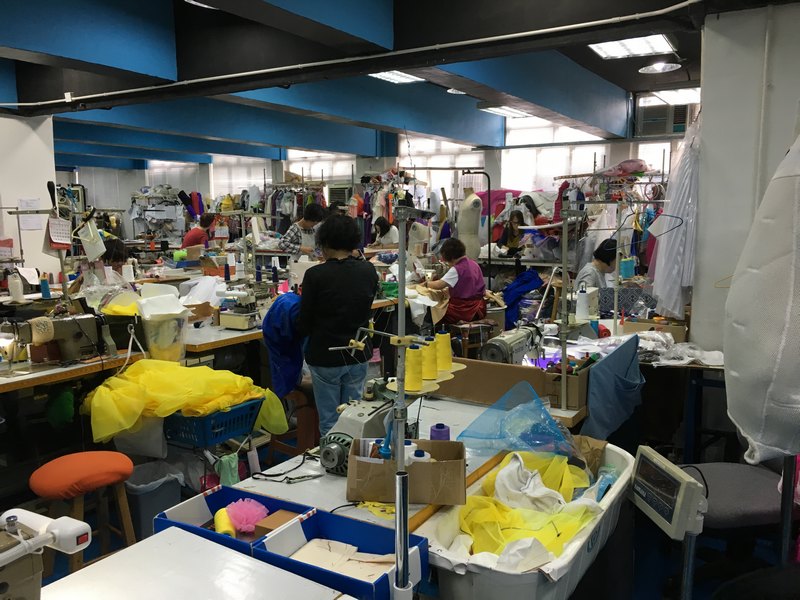

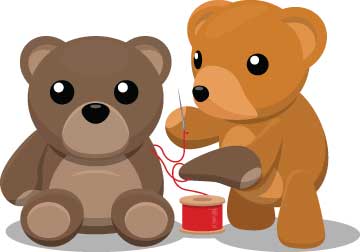 We all love to sew but sometimes you want to switch up your sewing projects beyond your own clothes, quilts, or placemats. What do you do? Look for opportunities to share you sewing skills with others in need.
We all love to sew but sometimes you want to switch up your sewing projects beyond your own clothes, quilts, or placemats. What do you do? Look for opportunities to share you sewing skills with others in need. No matter how small your community, it’s very likely that you can put your sewing expertise to use in a charitable way. Call your local animal shelter to see if they can use pet beds, blankets, scarves, or leashes. Contact a local hospital to offer specialty bags for post-surgery patients, blankets or quilts for dialysis and chemo patients, or even drawstring bags for patients to keep their possessions nearby while bedridden.
No matter how small your community, it’s very likely that you can put your sewing expertise to use in a charitable way. Call your local animal shelter to see if they can use pet beds, blankets, scarves, or leashes. Contact a local hospital to offer specialty bags for post-surgery patients, blankets or quilts for dialysis and chemo patients, or even drawstring bags for patients to keep their possessions nearby while bedridden.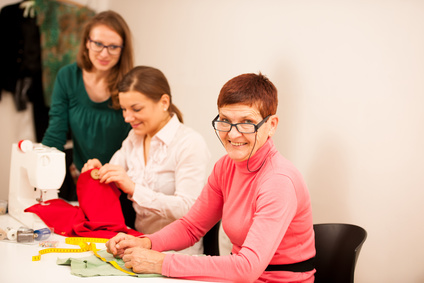 Sewing projects for charity can be something you do alone or with your group of ASG friends so there’s a social aspect to it as well. Of course, more hands make the task not only more fun, but also faster.
Sewing projects for charity can be something you do alone or with your group of ASG friends so there’s a social aspect to it as well. Of course, more hands make the task not only more fun, but also faster.
